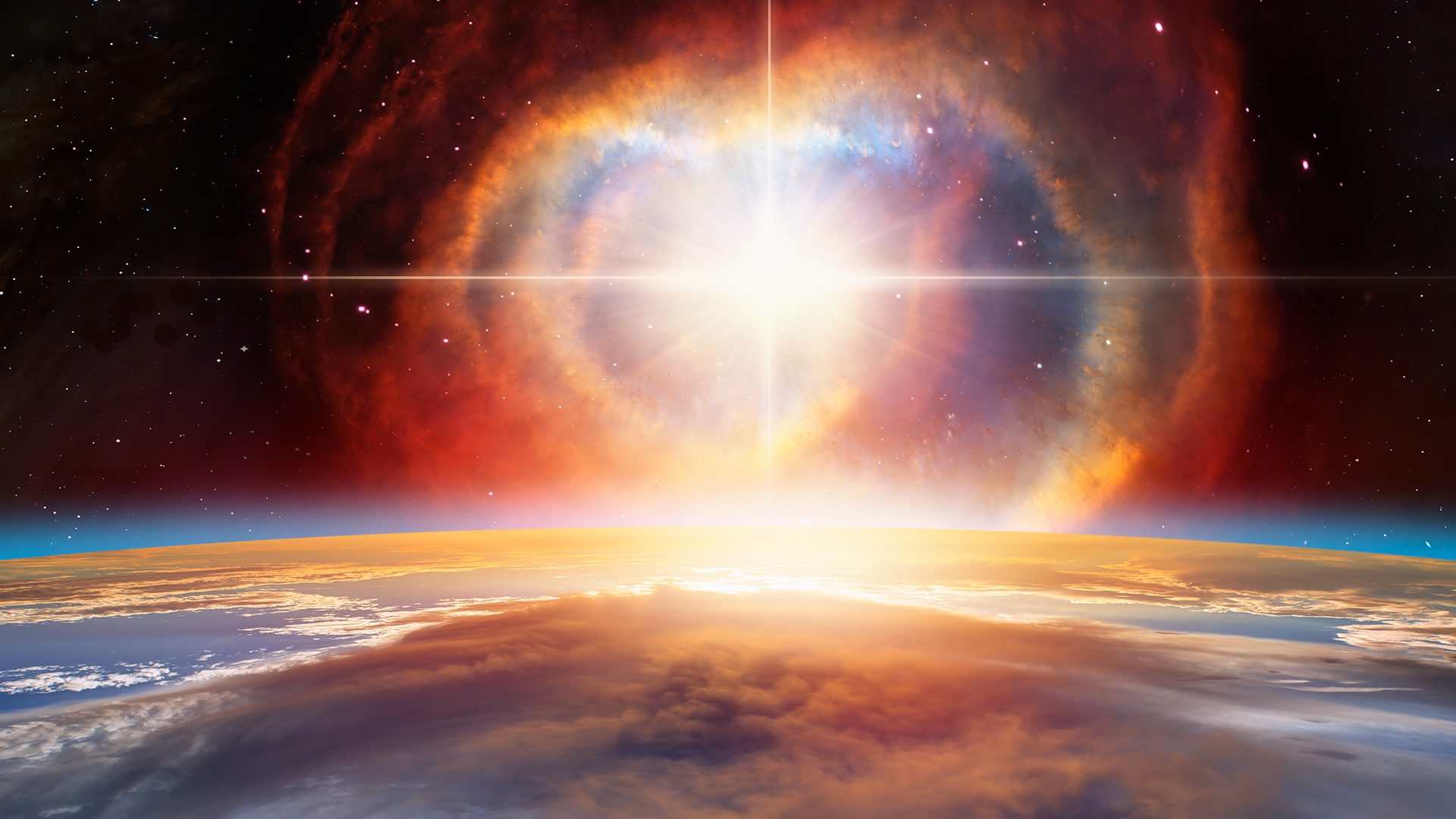
The Impact of Supernovae on Biodiversity
Supernovae are one of the most fascinating and powerful events in the universe. They occur when a star runs out of fuel, and its core collapses under gravity, releasing an enormous amount of energy in the form of light, heat, and radiation. While supernovae have been observed for centuries, it is only in recent years that scientists have begun to understand their impact on the environment, particularly on biodiversity. In this article, we will explore the relationship between supernovae and biodiversity and examine the latest research on this topic.
The Role of Supernovae in Biodiversity
Supernovae have the potential to play a critical role in shaping biodiversity on a planetary scale. One way in which they can do this is by generating cosmic rays, which are high-energy particles that can penetrate planetary atmospheres and bombard the surface of the planet. These cosmic rays can trigger chemical reactions that produce new molecules, including organic compounds that are essential building blocks of life.
Also Read:
- Xiaomi Launches Rubik's Cube Mini Computer Host - A Unique Combination of Technology and Puzzle
- Pokemon Go Let's Go Event: Everything You Need to Know
Additionally, supernovae can also produce shock waves that can compress gas and dust in interstellar space, creating new star-forming regions. These newly formed stars can then go on to produce planets that could potentially support life.
The Latest Research on the Impact of Supernovae on Biodiversity
Recent research has suggested that persistent supernovae, which are supernovae that occur over an extended period, could have a significant impact on biodiversity. A study published in the journal Nature Communications found that persistent supernovae could cause mass extinctions on a planetary scale by depleting the ozone layer and exposing life on Earth to harmful levels of ultraviolet radiation.
The study used computer simulations to model the effects of persistent supernovae on Earth's atmosphere and found that the resulting ozone depletion could be severe enough to cause mass extinctions. The study also found that the effects of persistent supernovae could be felt for up to 100,000 years after the initial event, making them a potentially long-lasting threat to biodiversity.
Another study, published in the journal Astrobiology, explored the impact of supernovae on the evolution of life in the universe. The study found that supernovae could play a crucial role in the emergence of life on other planets by providing the necessary energy and elements to create the building blocks of life.
Supernovae are a fascinating and powerful force of nature that can have a profound impact on the environment, particularly on biodiversity. While the latest research has shed light on the potential risks posed by persistent supernovae, it has also highlighted the crucial role that supernovae can play in the emergence and evolution of life on other planets. As our understanding of supernovae and their impact on biodiversity continues to evolve, it is essential that we continue to study these events to ensure the long-term survival of life on Earth and beyond.
Read More:
- Stephen Hawking's Final Theorem and his Changing Views on Time and Causality
- The Evolution of Video Game Controllers: From Coleco to Modern Times
That's it for this article.
Thanks for Visiting Us – fixyanet.com


0 Comments